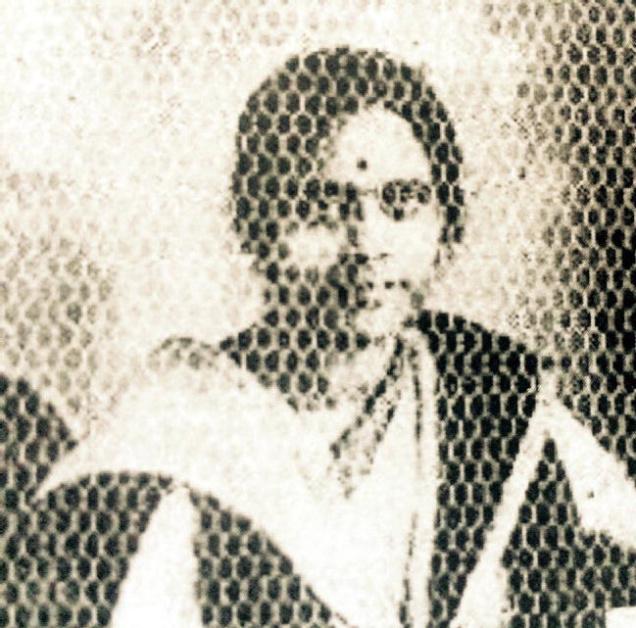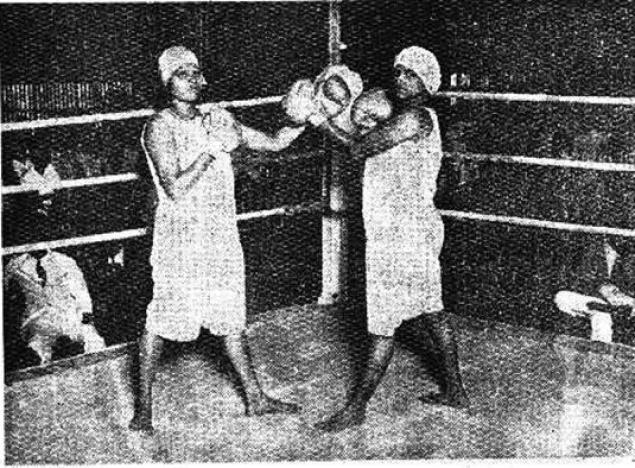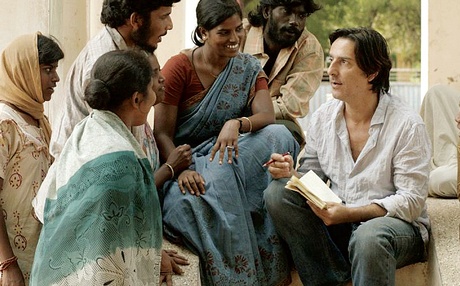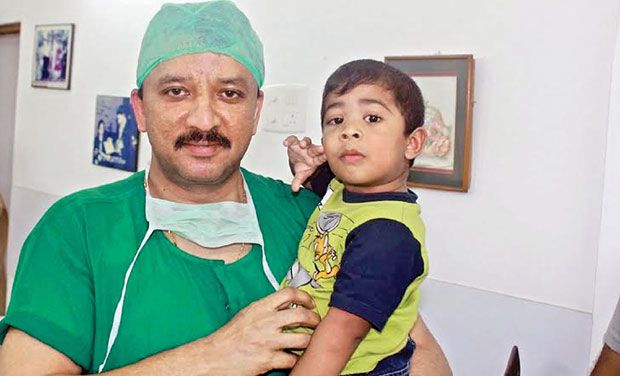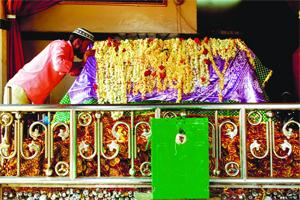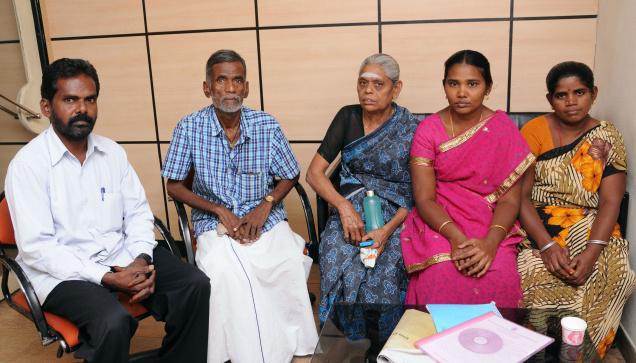
Meet the people who have been successfully running Madurai Corporation’s Home for the Homeless Urban Poor as the State’s best
Till four years ago, in the blur of the Temple Town’s crowded streets, they were just different faces mostly found begging or doing some menial job during the day and at night huddling at bus stands or shops to snatch a few moments of sleep.
In 2010 when the Madurai Corporation repurposed an old marriage hall into a shelter for the abandoned and homeless senior citizens, some of them found a place to stay, eat, sleep and live with dignity. Today, there are 50 of them aged between 50 and 85 years benefitting from the night shelter running successfully in Sellur.
For the last 48 months, the Home for the Homeless Urban Poor — the first in Tamil Nadu to be supported by the civic body — has become known as a place of last resort for several senior citizens whose children or family have no time, money, interest or inclination to take care of them.
M.Murugesan took up the job of a part time security guard after his wife’s death. His married daughter was not in a position to take care of him. When loneliness took over his life, he started searching for a way out and happened to read about the Corporation’s shelter home in the newspaper four winters ago.
Today at 63, Murugesan feels there could not have been a better decision. “I have found a big family here and am happy,” he says. He is not only a resident of the Home but also is an important member of the core team that runs and helps to maintain it as the State’s best Corporation-run Home for the shelterless.
Along with two other residents — Jaganathan, in charge of cleanliness and Sundaravadivu, the care taker — besides Shanmuga Eeshwari, the cook and J.Vimala who handles accounts, Murugesan says, their endeavour is to keep the people’s house as a family home.
Leading and motivating them is P.Ramar, the project coordinator from Madurai Jesuit Downtrodden People Welfare Trust that has been handed over the management of the shelter.
Ramar, a double M.A. in History and Tamil and with a B.Ed degree had the option to refuse the work. But he chooses to undertake a two-hour bus ride daily from Rajapalayam to ensure that the Home runs smoothly and the residents are comfortable.
Though we get some support and donations now, he says, still there are days when we struggle. There are days when Ramar spends from his pocket to arrange the day’s meals for the residents.
“I have always been service-oriented,” he says. While in college, he would gather all his village kids on weekends and give them a hair cut and a bath, help the illiterate villagers fill up various application forms, provide free tuitions and educational support to children of conservancy workers.
“Society doesn’t care for the older people,” he says, “God has given me a chance to serve.” His job is to arrange for all the basic needs of the residents, maintain cleanliness, scout for sponsors, liaise with the Corporation and keep the people in their twilight years in good health and humour.
“I spend a lot of time with them,” says Ramar, who was orphaned early. “But now I have 50 parents,” he adds. He has identified their interests and talents and involves them in activities of their choice from gardening to cleaning, singing devotional songs or cutting vegetables. They get a small pocket money of Rs.200 each for the work they do at the Home.
During free time, Ramar chats with them on social issues and such is his influence that he has even motivated Murugesan to donate his body after death. “I have pledged my body to Government Hospital here for any research or organ transplant,” Murugesan beams.
And so does Vimala, who works tirelessly without salary. Due to paucity of ready cash, even Ramar has foregone his salary for past few months. The money that comes from the Corporation every month and the donation raised is distributed on priority as pension to the residents and for meeting all other costs of running the Home.
“I can’t bear to see distressed old people by the roadside, forgotten by their families,” says Vimala, “I want to help as many if situation permits.” With equal enthusiasm, Shanmuga Eeshwari effortlessly whips up three tasty meals a day for the residents. “They smile when they like the food and I love to see their happy faces,” she says, adding, “they all are like my amma and appa.”
It is a nice feeling to see happy faces inside a shelter home. Periodic health check-ups and geriatric care has kept them all fit. In the last four years, there have been only four age-related deaths, a fact that Ramar prides on.
It takes the hearts and hands of ordinary people like Ramar and his team that humbly serve to help others. It is people like them who do their best to share and carry love and hope to humanity everywhere. “When you do service to others,” says Ramar, “you feel more connected to your spirit and more grateful for what you have.”
(Making a difference is a fortnightly column about ordinary people and events that leave an extraordinary impact on us. E-mail soma.basu@thehindu.co.in to tell her about someone you know who is making a difference)
source: http://www.thehindu.com / The Hindu / Home> Features> MetroPlus / by Soma Basu / Madurai – November 19th, 2014
